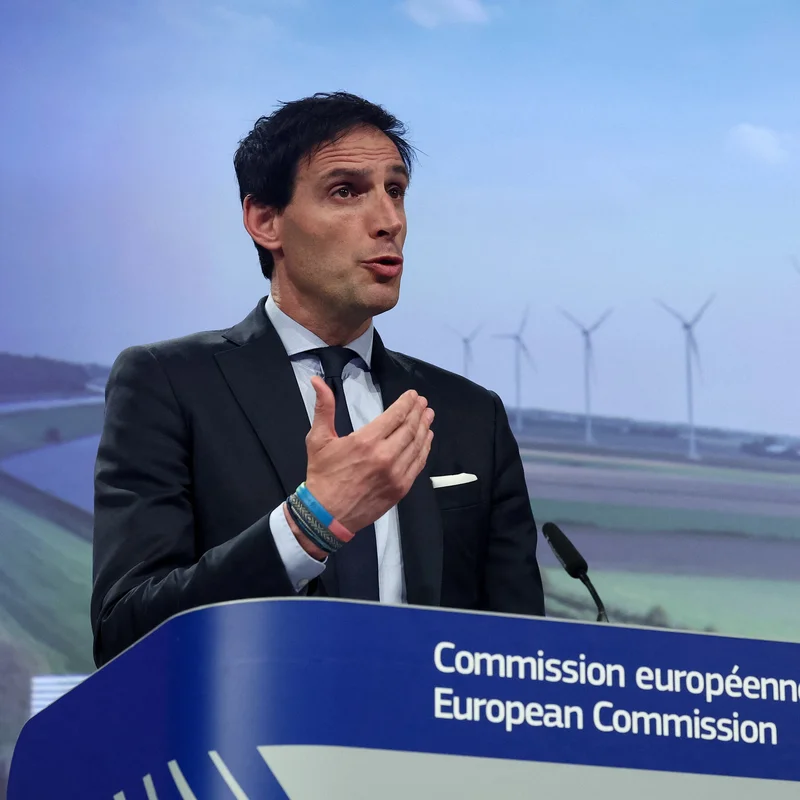Table of Contents
- TotalEnergies’ Bold Shift to Power Markets
- From Oil Refineries to Battery Farms
- Why Grid Volatility Is a Goldmine
- Gas Plants + Batteries = Grid Stability
- Europe’s Battery Boom: By the Numbers
- Sources
TotalEnergies’ Electricity Strategy: Betting on Chaos
While most oil giants are pulling back from clean energy amid regulatory uncertainty and thin margins, TotalEnergies is doing the opposite—doubling down on the electricity market with a bold, $4 billion-a-year investment plan. The French energy titan isn’t just dabbling in renewables; it’s building a full-scale power portfolio designed to profit from one of the grid’s biggest headaches: volatility.
“We try to target the markets that have strong potential,” says Maxence Le Grelle, who leads TotalEnergies’ battery and gas-fired power operations in Europe. “It means that they have growth—and volatility.”
Unlike peers like Shell or BP, which have scaled back renewable ambitions, TotalEnergies sees chaos as opportunity. And in today’s electricity markets—buffeted by surging EV demand, data center loads, and erratic solar and wind output—that chaos is everywhere.
From Rusting Refineries to High-Tech Battery Farms
At the port of Dunkirk, France, a former oil refinery shut down in 2010 now hums with a new kind of energy. Rows of white, industrial-scale battery containers sit where crude once flowed. These aren’t just storage units—they’re profit engines.
When a nearby aluminum plant fires up its smelters, the local grid sags. Within milliseconds, TotalEnergies’ batteries inject power to stabilize it. “Every time a large industrial company starts a machine, the grid goes down, so you need more power on it,” explains Damien Grosseau, head of development at the site.

Why Grid Volatility Is a Goldmine
Electricity prices in Europe can swing wildly within hours. In March 2025, German power prices hit €0/MWh at noon (thanks to midday solar surplus) and soared to €165/MWh by 6 p.m. as the sun set and demand spiked.
TotalEnergies’ batteries capitalize on these swings through arbitrage: charging when power is cheap (or even free) and discharging when prices peak. They also earn fees from grid operators for providing “frequency regulation”—a critical service as traditional coal and nuclear plants retire, taking with them the mechanical inertia that once stabilized the grid.
“The more renewables you have, the more volatility you have,” Le Grelle notes. And volatility, it turns out, pays.
Gas Plants + Batteries = Grid Stability
Batteries respond in seconds—but they can’t sustain output for long. That’s where natural gas comes in.
In Toul, eastern France, TotalEnergies operates a gas-fired power plant on standby, ready to fire up within 30 minutes when extended power is needed—like during cold snaps or prolonged lulls in wind.
“Batteries handle the spikes,” says Margaux Corsini, head of energy storage asset management. “Gas handles the valleys.”
| Asset Type | Response Time | Duration | Primary Use |
|---|---|---|---|
| Battery Farms | <1 second | ~1 hour | Frequency regulation, arbitrage |
| Gas-Fired Plants | 30 minutes | Days | Baseload backup, winter peaks |
Europe’s Battery Boom: By the Numbers
TotalEnergies isn’t alone. Europe invested €7.3 billion in battery projects in 2024, and capacity is expected to grow fivefold by 2030, according to Aurora Energy Research.
What’s driving this boom? Profit. “Batteries just get built because the expected revenue they can make is so high,” says Emma Zimmermann, a senior analyst at Aurora. Returns? “Mid-double digits,” she estimates—far outpacing many traditional energy investments.
For TotalEnergies, the goal is clear: by 2030, electricity will make up 20% of its total energy output, up from 10% today. In a world racing to electrify everything, the company isn’t waiting for permission—it’s building the infrastructure to power the future.




